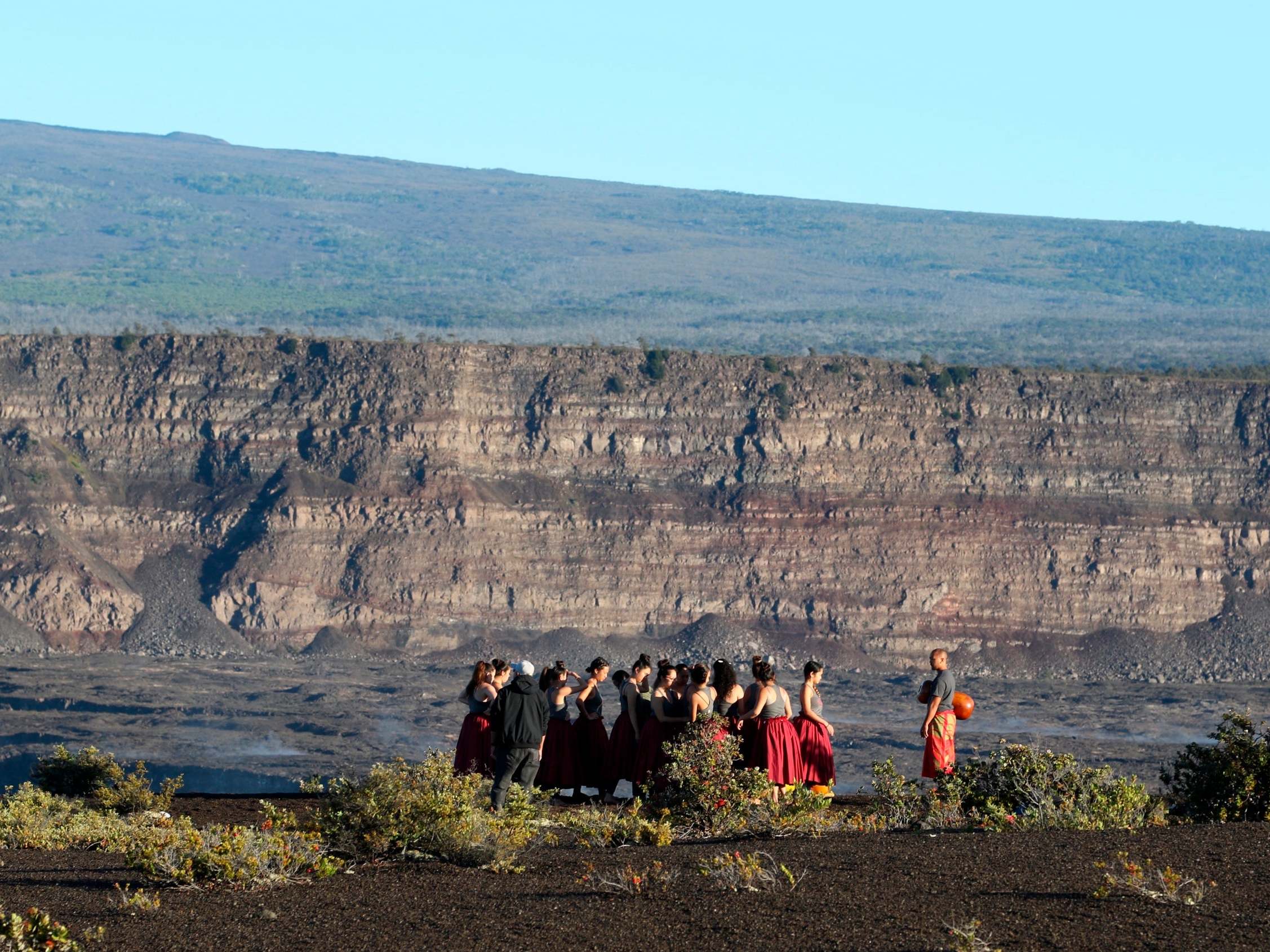Water discovered in crater of Hawaii volcano could trigger explosive eruptions
‘The other possibility is that the magma rises rapidly’

Your support helps us to tell the story
From reproductive rights to climate change to Big Tech, The Independent is on the ground when the story is developing. Whether it's investigating the financials of Elon Musk's pro-Trump PAC or producing our latest documentary, 'The A Word', which shines a light on the American women fighting for reproductive rights, we know how important it is to parse out the facts from the messaging.
At such a critical moment in US history, we need reporters on the ground. Your donation allows us to keep sending journalists to speak to both sides of the story.
The Independent is trusted by Americans across the entire political spectrum. And unlike many other quality news outlets, we choose not to lock Americans out of our reporting and analysis with paywalls. We believe quality journalism should be available to everyone, paid for by those who can afford it.
Your support makes all the difference.Water has been discovered inside the summit crater of Hawaii’s Kilauea volcano, a development which could make future explosive eruptions more likely.
Researchers confirmed the presence of water on Thursday.
“The question is what does this mean in the evolution of the volcano?”said Don Swanson, a scientist emeritus at the US Geological Survey.
When water reacts with lava it can cause explosive eruptions.
Scientists are unsure exactly how the water’s appearance will change the volcano’s behaviour.
It is possible that the lava could heat up the water, eventually leading to a lava lake.
Smaller explosions are also possible.
“The other possibility is that magma rises rapidly,” Mr Swanson said. “That could produce a larger explosion.”
USGS officials stressed that there is currently “no reason to think hazards at the summit have increased or decreased” because of the discovery of water.
Kilauea has a history of alternating between long periods of explosive eruptions and times of slower, so-called effusive phases.
Scientists believe the next explosive period will come before a massive collapse of Kilauea’s crater floor.
Mr Swanson said none of this will happen overnight.
“I’ve been stressing that the current activity at Kilauea, or lack thereof, can go either way,” he said.
“We can either return to what was going on before, or this could be the preamble to some more significant change in the volcano that leads to explosive activity.”
Additional reporting by agencies
Join our commenting forum
Join thought-provoking conversations, follow other Independent readers and see their replies
Comments